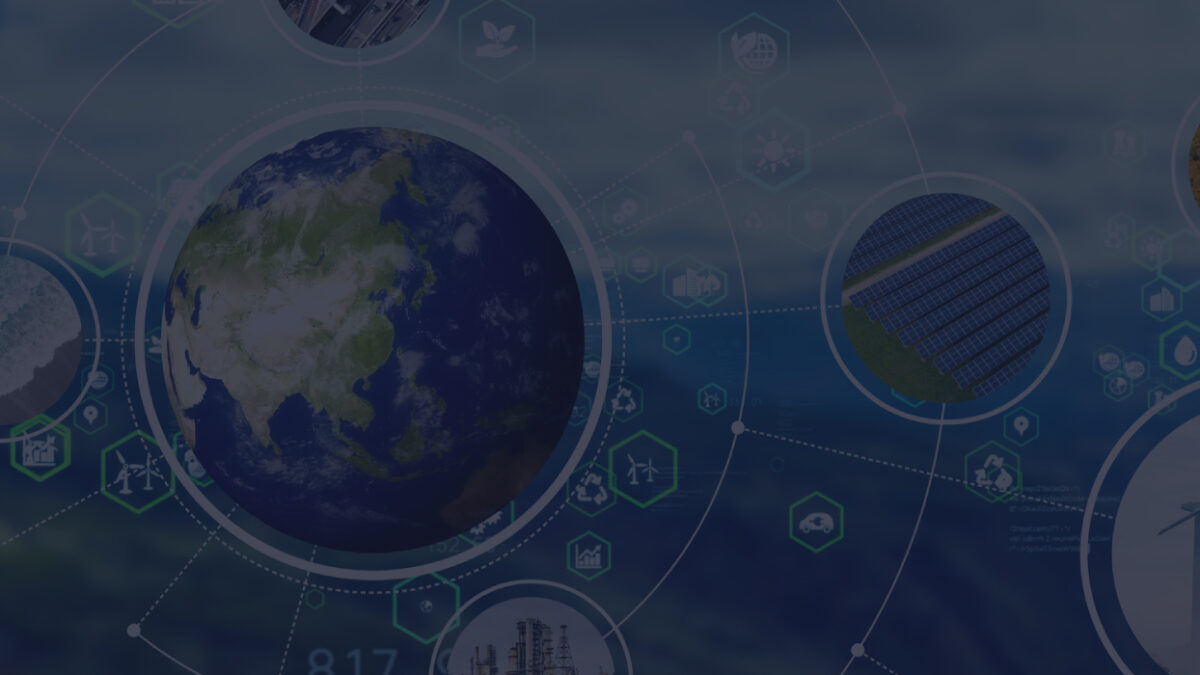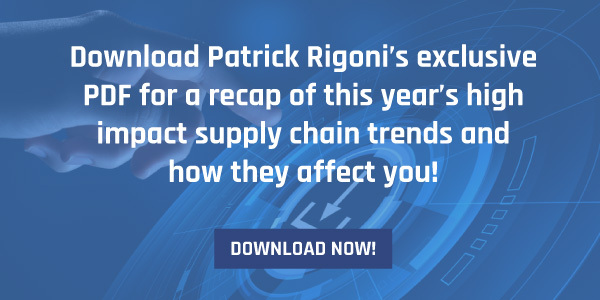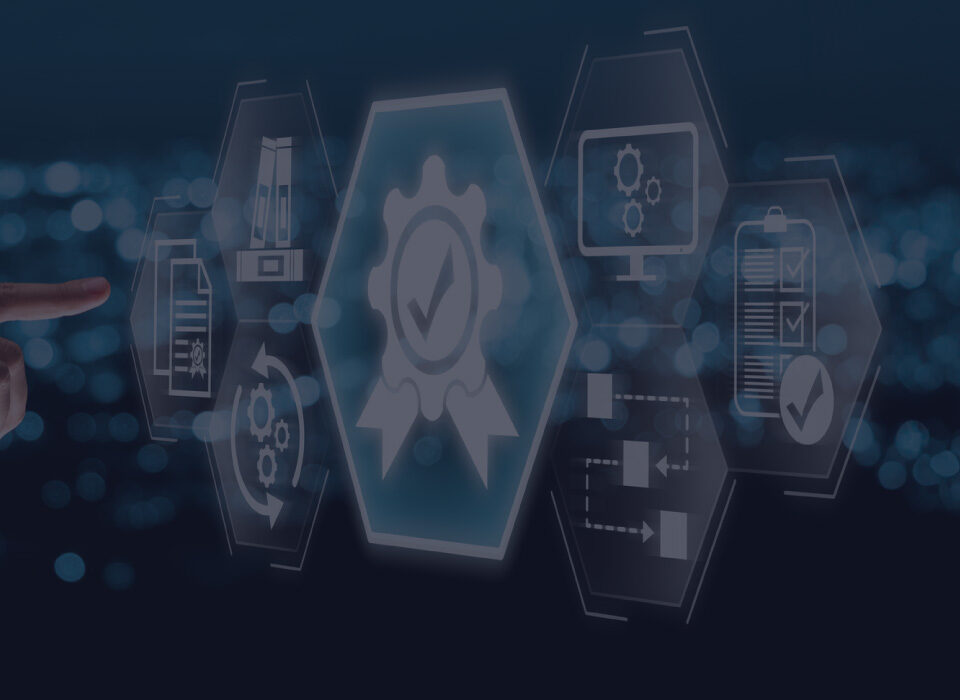
Highlights from the SCE 2021 Supply Chain Event in Paris
November 26, 2021
5 Strategies to Improve Supply Chain Sustainability
December 10, 2021The last year and a half has cast new light on many aspects of our day-to-day lives, offering consumers and corporations the opportunity to reexamine their choices and set new intentions. While the COVID-19 pandemic ushered in a new era of uncertainty that sent global supply chains on a rollercoaster ride, it brought with it some positive changes. One of those shifts has been an increased focus on sustainability.
As e-commerce ramped up, consumers became more conscious of the environmental toll of their purchases. While low prices and speedy delivery will always be a decision driver, so, too are ethics and environmental stewardship. In fact, many consumers would rather wait a little longer to receive a package if they know it will cut down on environmental impact. Likewise, these same customers are willing to spend a little extra on a product from a brand with a sustainable reputation.
What does sustainability really mean for supply chain management? Let’s take a closer look at what it looks like to put this trend into practice, and how companies are boosting their sustainable practices even during unpredictable times.
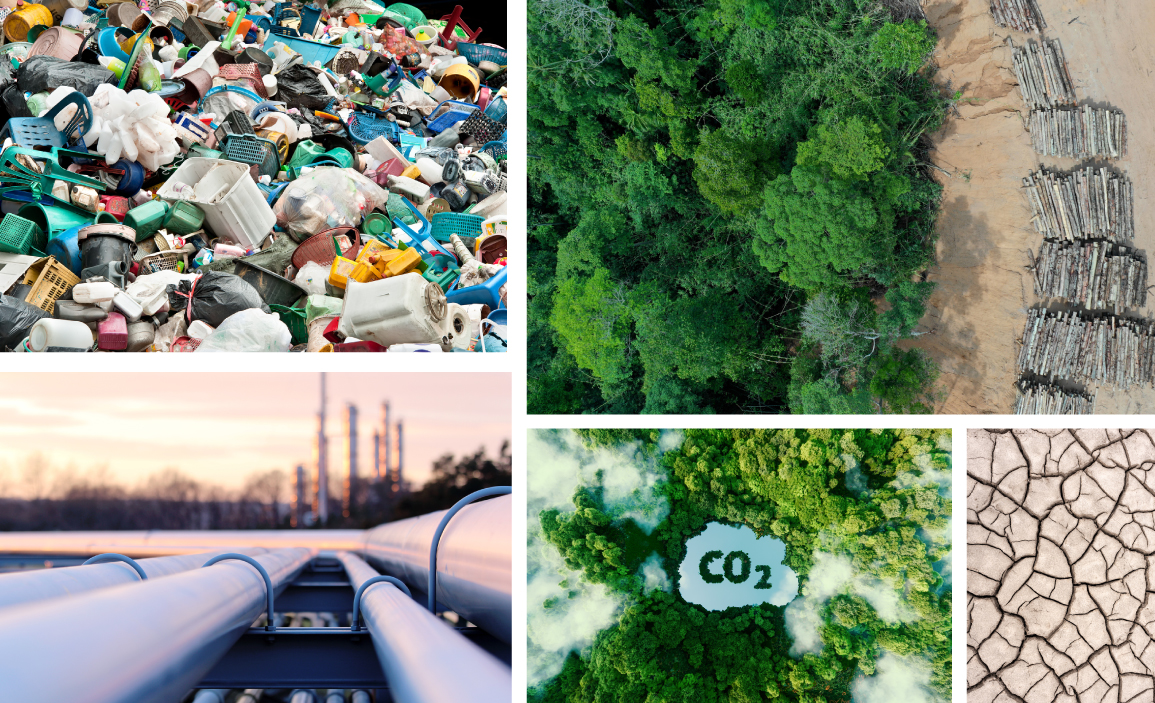
Defining Supply Chain Sustainability
Sustainability means enduring, ethical, thoughtful practices that consider the human and environmental cost of each step within the supply chain. Today, companies are measuring their success in this arena in terms of “sustainability performance,” which accounts for both the social and environmental ramifications of the supply chain. These metrics can be tracked closely by employing the Internet of Things and other Big Data tools, which allow supply chain managers to visualize and quantify their impact.
While traditionally, companies have set their sights on lower costs, increasing efficiency, and building a reliable network, these objectives have often come at the expense of sustainability. Considering the lifecycle of a product as it travels along the supply chain, managers can step back and carefully evaluate its sustainability performance.
Environmental sustainability involves taking a close look at the “ecological footprint” of the supply chain. From sourcing materials, to production, storage, and transport between fulfillment centers, it’s easy to imagine how each node within the supply network contributes to this environmental debt load. In fact, a study by McKinsey & Company found that the supply chain is responsible for 90% of most consumer goods companies’ environmental impact. Factors that are closely tied to environmental sustainability include:
- Energy use
- Water consumption
- Deforestation
- Greenhouse gas emissions
- Waste production.
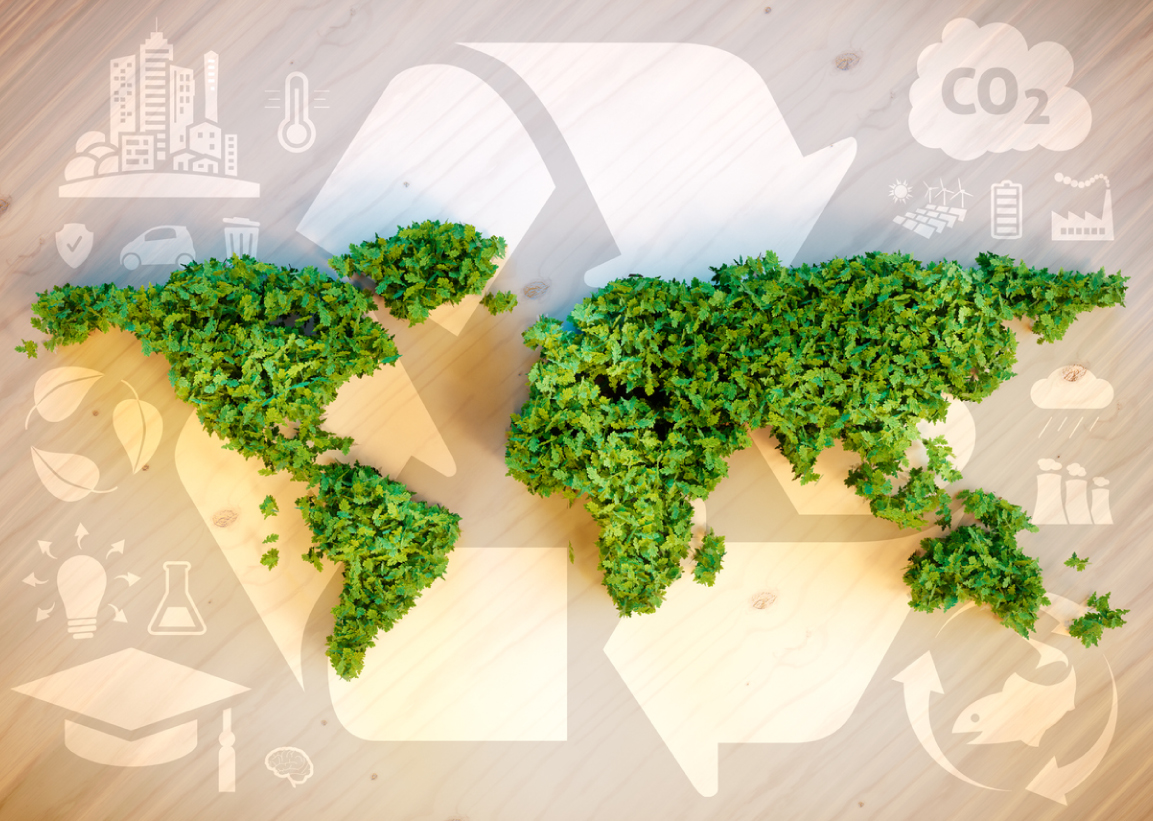
But sustainability isn’t just about saving the planet’s environmental resources. It’s also about human resources — the people and communities behind the products. When it comes to social welfare, the issues supply chain managers must grapple with are vast and complex. These include worker health and safety, child labor, and fair wages. The human toll of the supply chain is no less critical to sustainability than its environmental counterpart. With consumers, politicians, and global organizations like the United Nations putting pressure on companies to clean up their act, there’s never been a more opportune moment to embrace ethical practices.
What Does Success Look Like?
The concept of sustainability, on first glimpse, may appear abstract. But the reality is, this umbrella term can be broken down into numerous tangible metrics that supply chain managers can (and should) track. There are plenty of tools out there that provide the framework for such sustainability monitoring, so there’s no need to reinvent the wheel:
- The Sustainability Consortium offers a series of Key Performance Indicators that allow companies to rate and report on the sustainability of their products.
- Similarly, the Sustainability Accounting Standards Board has developed a system for measuring the impact of the supply chain as it relates to financially-material sustainability.
- In terms of environmental stewardship, the World Wildlife Fund is a fantastic resource. The organization offers 50 key performance indicators that allow companies to assess both probability and severity of risk associated with producing specific commodities.
Sustainability is attainable. Case studies around the globe are living proof. Take Subaru as an example. The car manufacturer built the United States’ first “zero-waste” automotive assembly plant in Indiana. The three R’s -reduce, reuse, recycle- are at the heart of the Subaru philosophy. Patagonia is another such example, with its zero-waste program that centers on reducing the weight of packaging and ensuring packaging materials are sustainable. General Mills has a similar ethos. Back in 2015, the company pledged to reduce greenhouse gas emissions generated by its supply chain by 28% over a 10-year period.
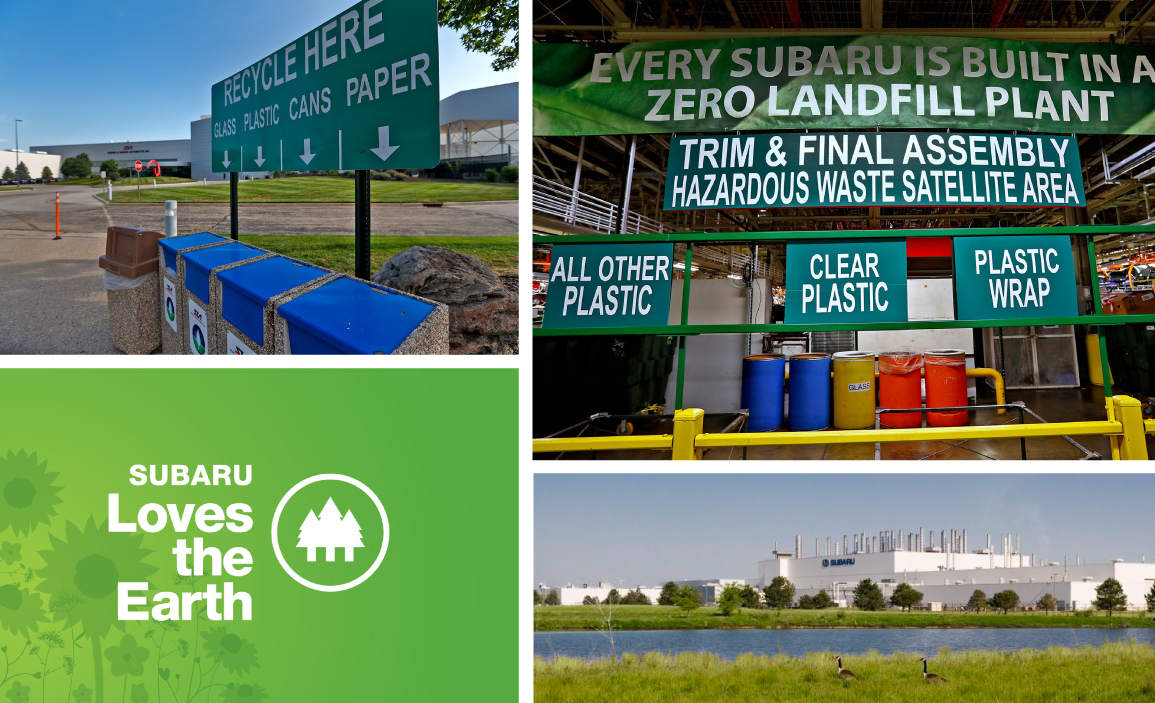
Major corporations are holding their suppliers accountable by using digital innovations that allow them to track real-time data from the factory floor. With cloud-based systems, supply chain leaders can leverage the Internet of Things devices to obtain critical data about sustainability. Walmart managed to reduce its Chinese suppliers’ energy consumption by 10% in this way. Meanwhile, Unilever tracks the sustainable sourcing of ingredients from its farmers using software, with a commitment to deriving 100% of agricultural materials from sustainable sources.
It’s clear that sustainability isn’t just a fad — it’s a way of life, and it’s here to stay. Patrick Rigoni can help you evaluate your supply chain to identify opportunities to optimize its performance across critical sustainability metrics. Connect with him today to learn more about how Demand Driven methodology can improve the sustainability of your supply chain.
To discover more of this year’s high impact supply chain trends, download Patrick Rigoni’s exclusive premium resource!


